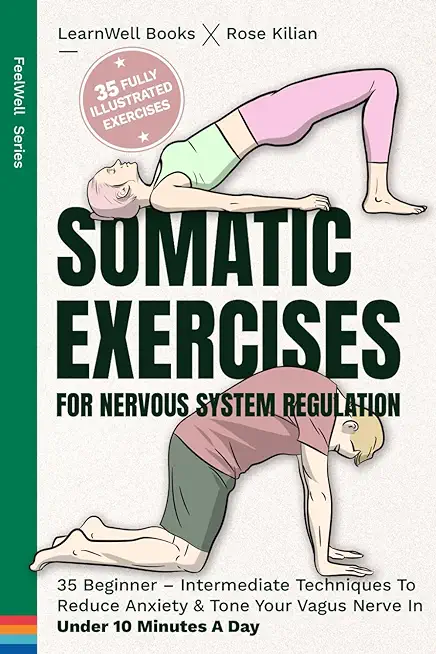
Toews, Barb
product information
description
tive justice argues that crime destroys people and relationships. Justice, then, must repair and rebuild people and relationships. This is true for men and women that are incarcerated as it is for victims. The more than 2.3 million incarcerated individuals in the United States are often regarded as a throw-away population. While the criminal-justice system focuses on giving offenders "what they deserve," it does little to restore the needs created by crime or to explore the factors that lead to it. Restorative justice, with its emphasis on identifying the justice needs of everyone involved in a crime, is helping to restore prisoners' sense of humanity while holding them accountable for their actions. In this book, Barb Toews, with years of experience in prison work, shows how people in prison can live restorative-justice principles. She shows how these practices can change prison culture and society. Chapters include;
Written for readers who are incarcerated, and for all those who work with people in prison, this book also clearly outlines the experiences and needs of this under-represented and often overlooked part of our society.
- Crime and Criminal Justice
- Restorative Justice
- Reconnecting Community
- Reconnecting Individuals
- Reconnecting Victims and Their Communities of Care
- Reconnecting Offenders
- Reconnecting Offenders' Families
- Restorative-Justice Practices
- Restorative Practices, Justice, and Prison
- Restorative Living in Prison
Written for readers who are incarcerated, and for all those who work with people in prison, this book also clearly outlines the experiences and needs of this under-represented and often overlooked part of our society.
member goods
No member items were found under this heading.
notems store
Return Policy
All sales are final
Shipping
No special shipping considerations available.
Shipping fees determined at checkout.







